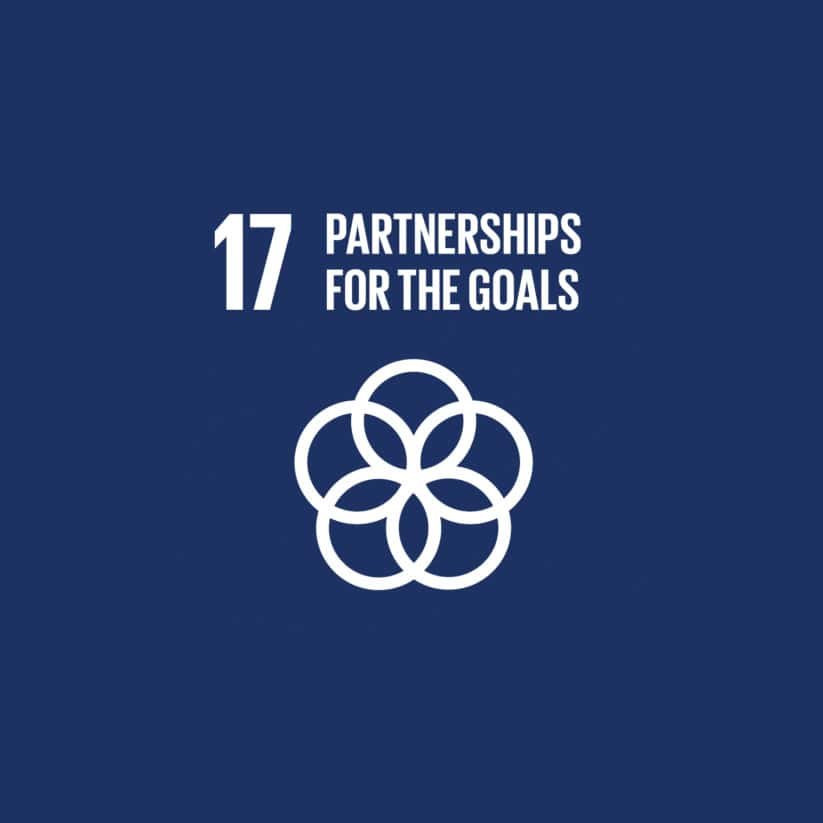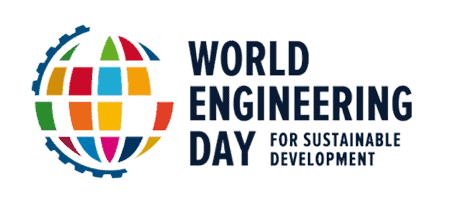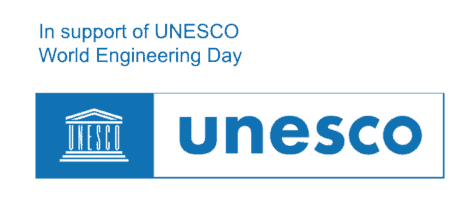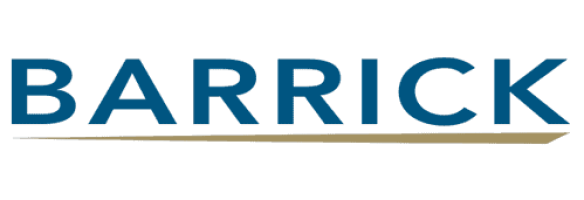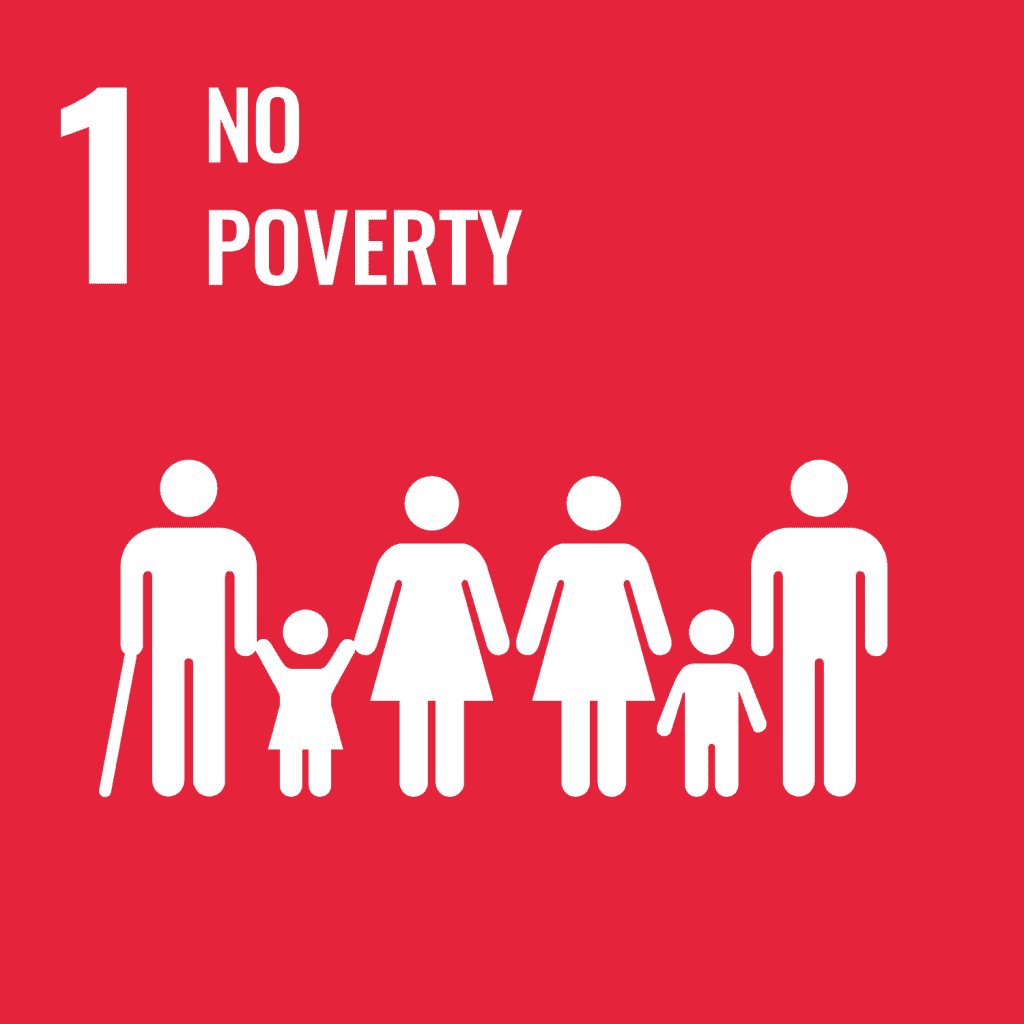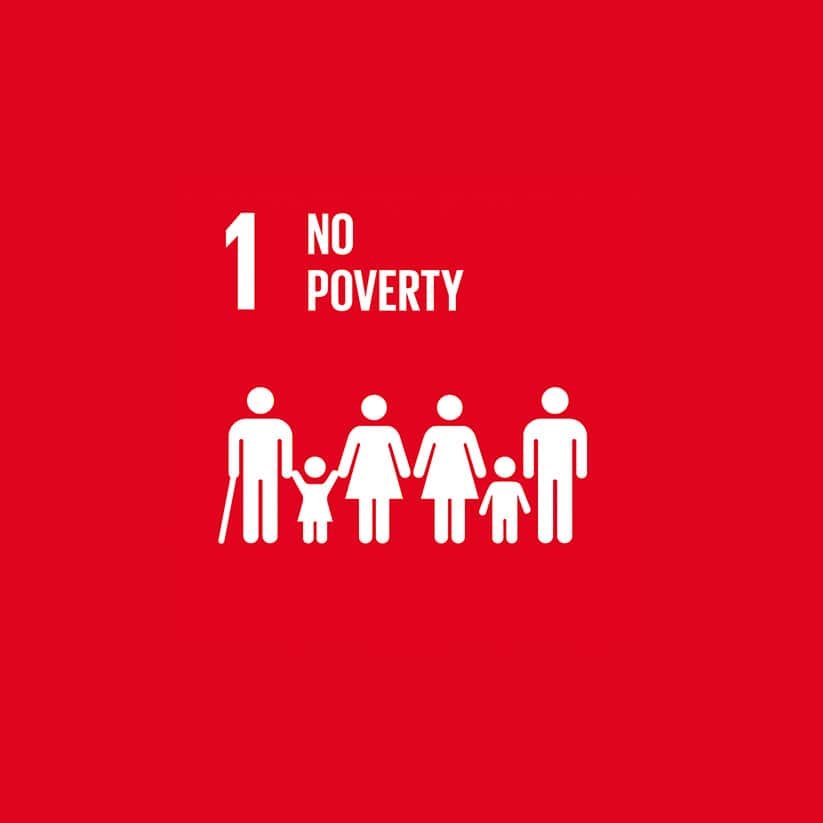
Precious metals
The gold standard
As we transition to the world of tomorrow – a time when mining is becoming ever more critical – Canadian gold and copper mining company Barrick is setting the standard for responsible, sustainable practices that benefit everyone, including the people in and around its mines.
Think of a steadily spinning flywheel, pulsing out economic energy to create value – that’s how Barrick aims to interact with its host communities.
“We’re taking something precious out of the land to convert it into social and economic development,” says Juana Barceló, President of Barrick’s Pueblo Viejo gold mine in the Dominican Republic.
Leading by example
The Pueblo Viejo mine is 100km from the Dominican Republic’s capital, Santo Domingo. When Barrick started operating the mine in 2012, a key commitment was the cleaning up of the nearby, badly polluted Margajita River from decades of legacy impacts. Years later, and after installing a state-of-the-art water treatment plant, the river has been restored and supports a thriving, community-based fish farming business.
Diversity in the workforce is also key to Barrick’s sustainable approach at the Pueblo Viejo mine. On the path to gender equality, the number of female employees has grown from 3% in 2019 to 25% in 2024.
“In a gold mine, the most precious thing is not the gold. It’s the people who are mining that gold,” says Juana.
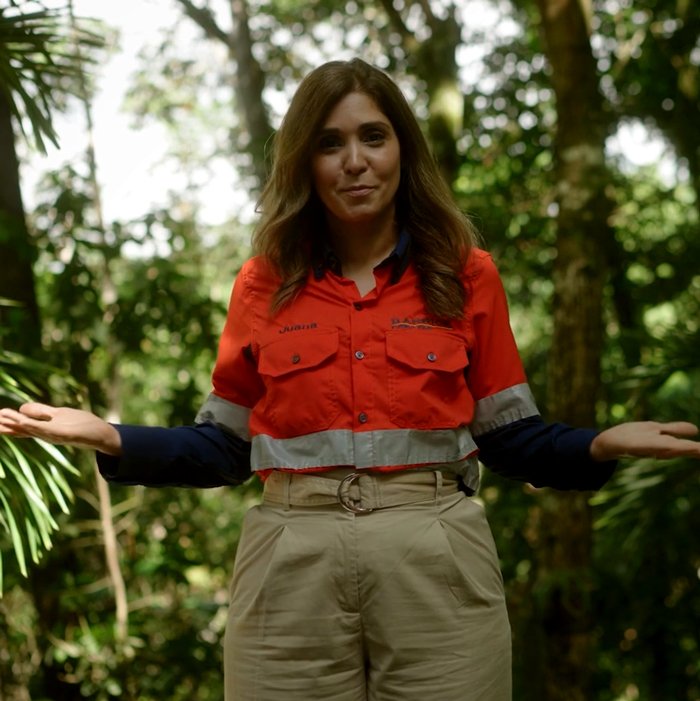
Where in the world?
Since its establishment in Toronto, Canada, in 1983, Barrick has expanded its global operations to 18 countries across four continents. Many of its mines are world-class assets – so-called Tier One – that have the potential to deliver more than 500,000 ounces of gold every year for a minimum of ten years. Pueblo Viejo belongs to this tier, with a projected life beyond 2040.
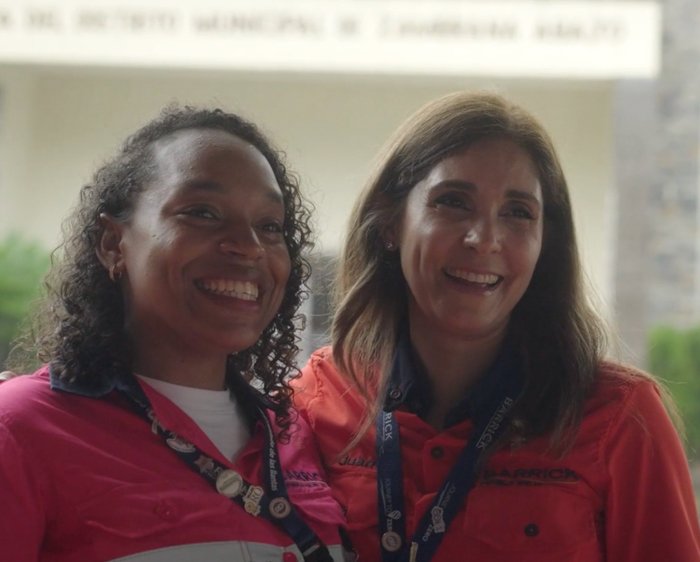
Keeping it local
Barrick is committed to supporting local businesses that become part of its supply chain. Once established, they generate a ripple effect across the local economy. At Pueblo Viejo, a female-owned business supplies the mine with coconut mats that are used on hillsides for biodegradable erosion control. This business directly employs 38 people, while a further 120 indirectly benefit. This is just one example of the important socio-economic relationship between the mine and its local suppliers.
All Barrick-run mines have “localization” plans to maximize benefits and help combat poverty. These include providing members of the community with education, training and mentorship for leadership roles in the organization.
What does a sustainable future look like?
Barrick believes the key to sustainability stems from an integrated, holistic approach to management, and a recognition that all the Sustainable Development Goals are interconnected and contribute to SDG 1 – ending poverty in all its forms everywhere.
Did you know?
A fully electric car contains around 80kg of copper, while there’s a whopping 4.7 tonnes in a 3MW wind turbine. Gold performs vital functions in everything from pacemakers to spacesuits.
More SDG projects

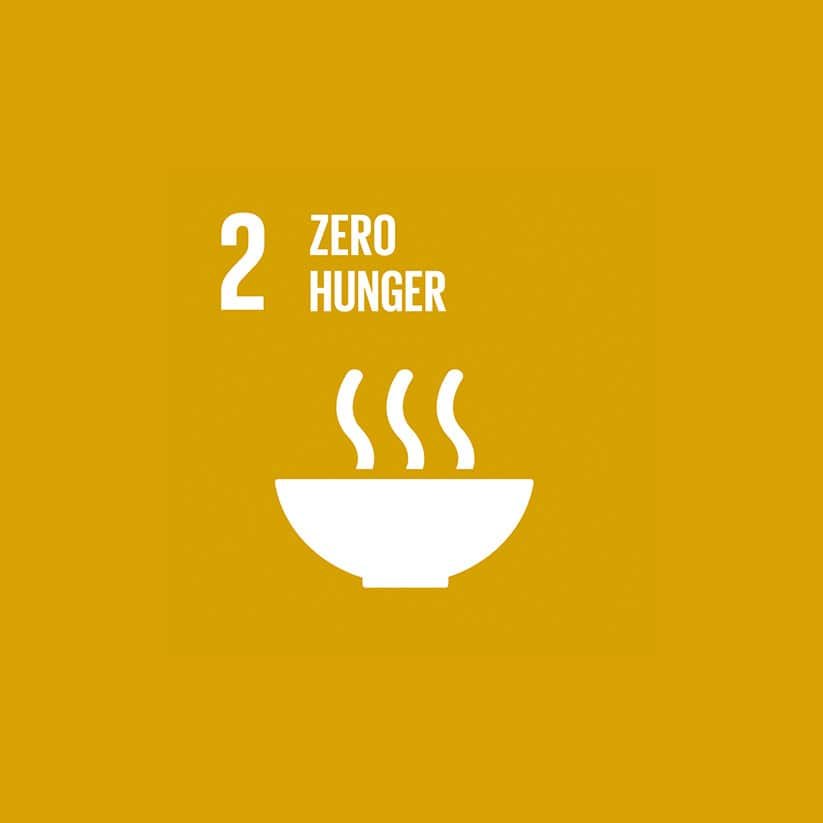
SDG 2: Zero Hunger
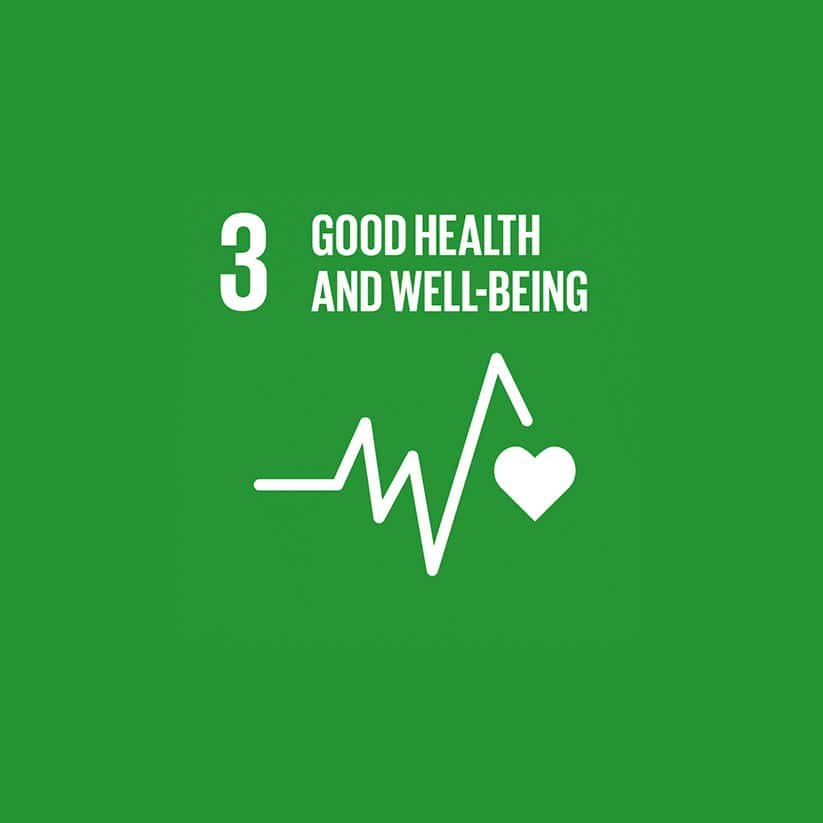
SDG 3: Good Health and Well-being
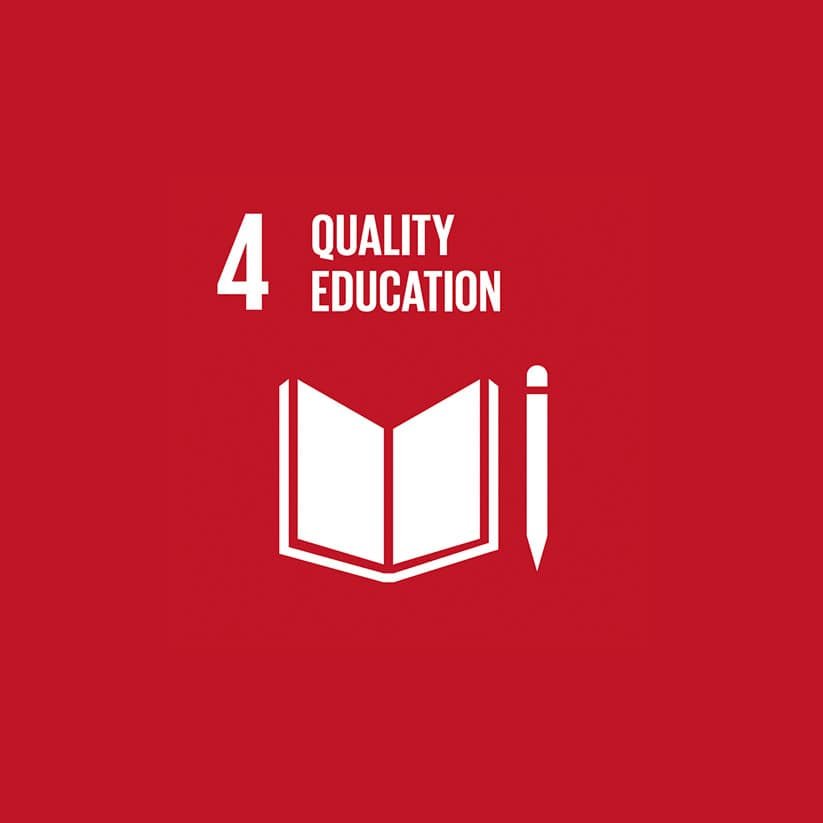
SDG 4: Quality Education
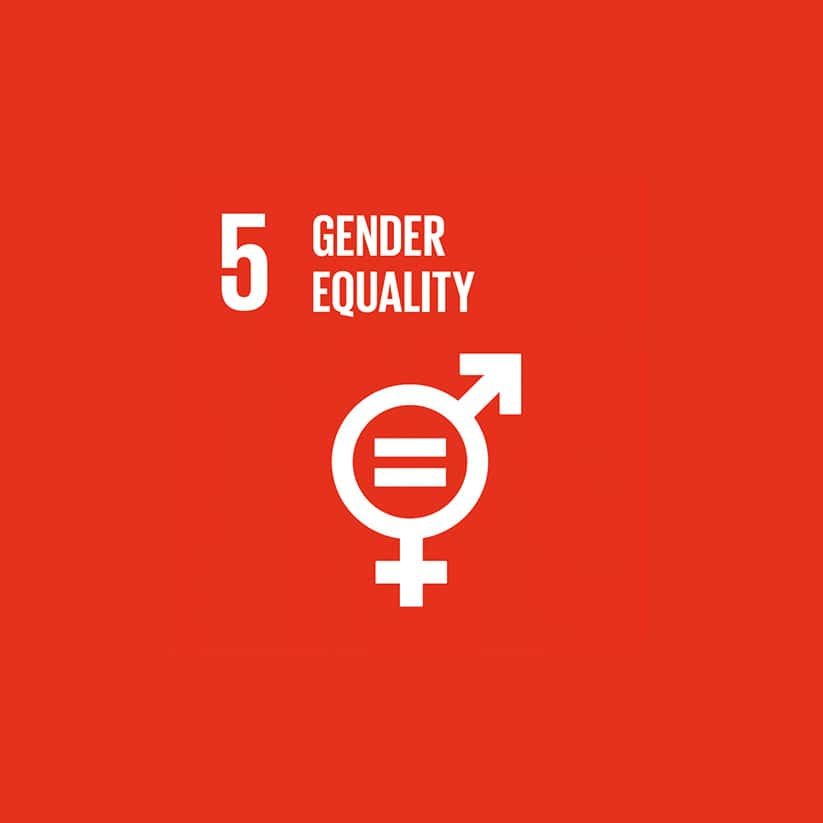
SDG 5: Gender Equality
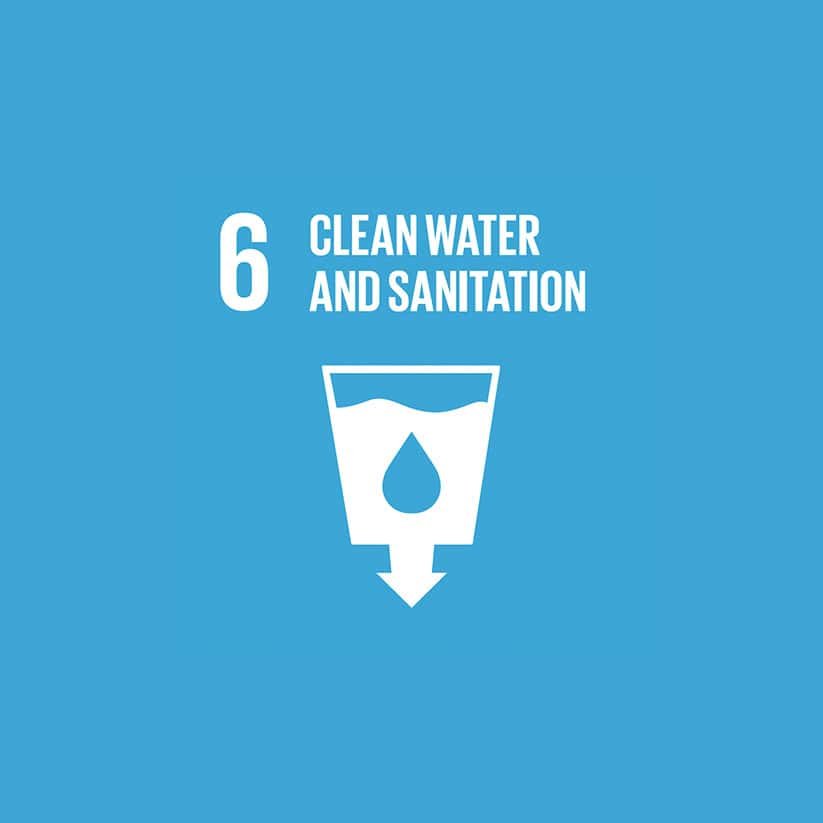
SDG 6: Clean Water and Sanitation
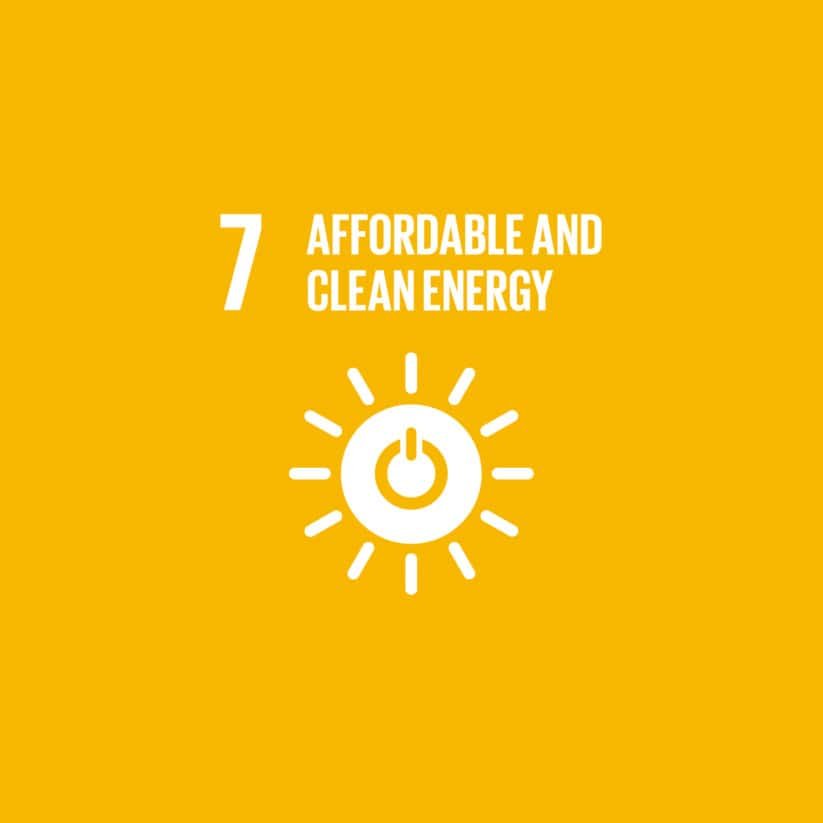
SDG 7: Affordable and Clean Energy
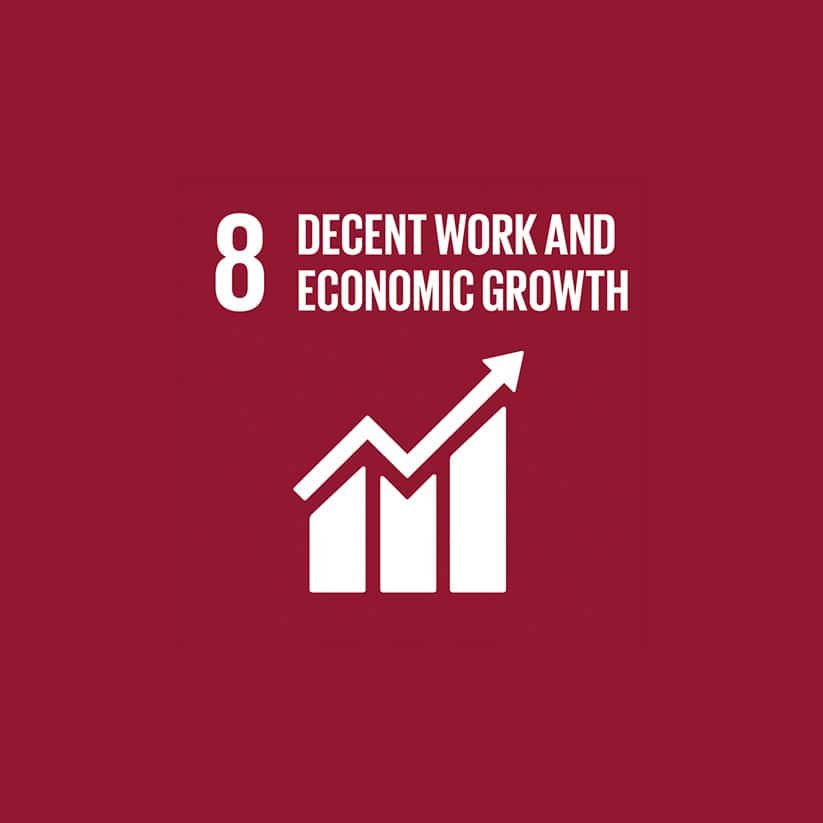
SDG 8: Decent Work and Economic Growth
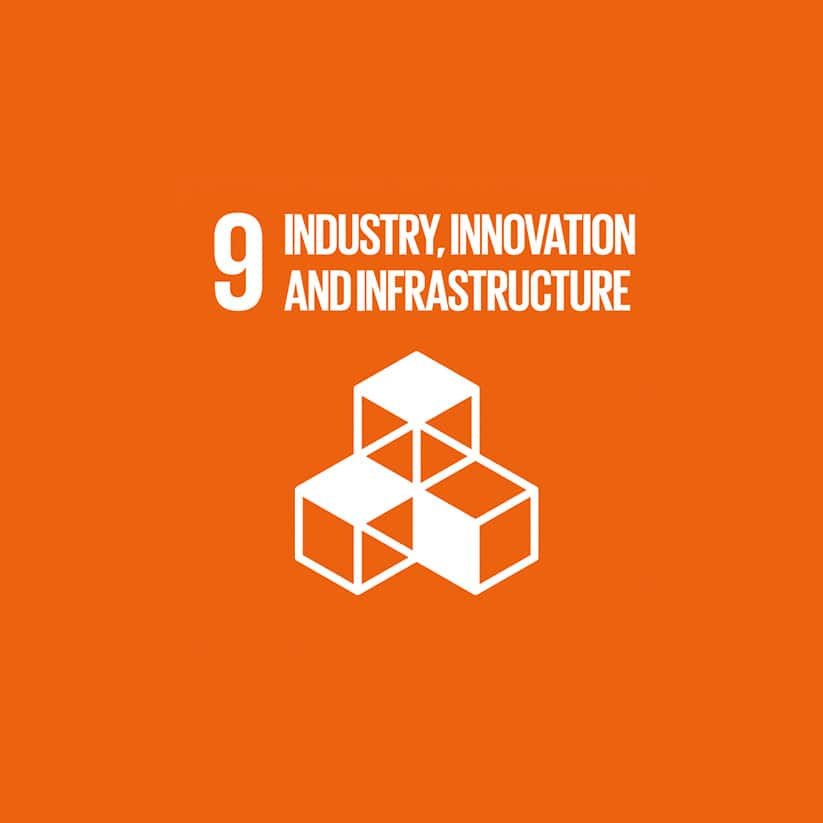
SDG 9: Industry, Innovation, and Infrastructure
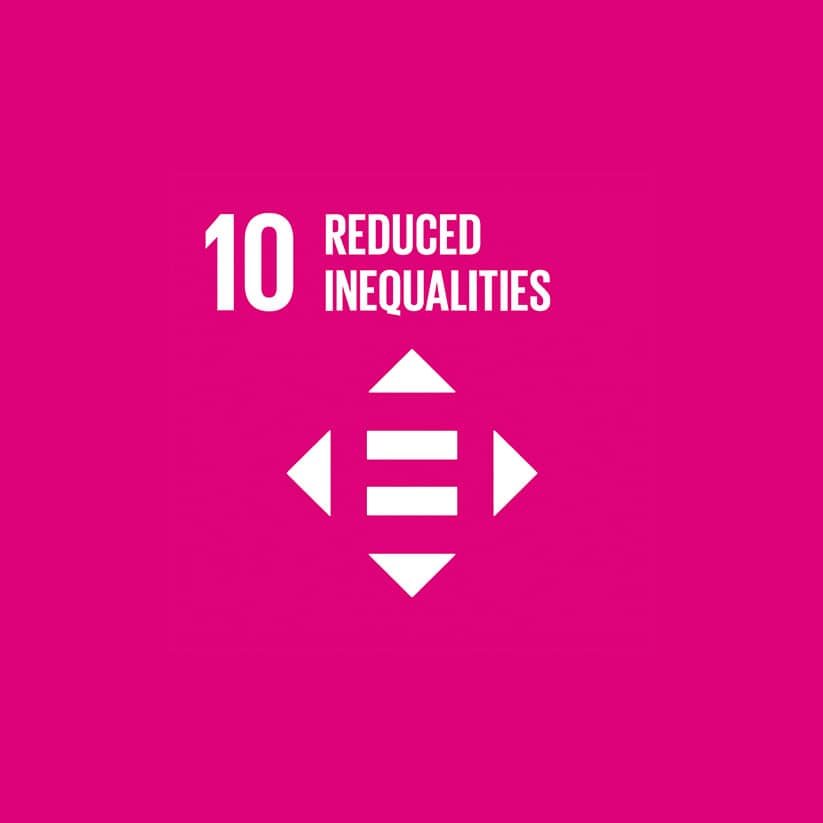
SDG 10: Reduced Inequalities
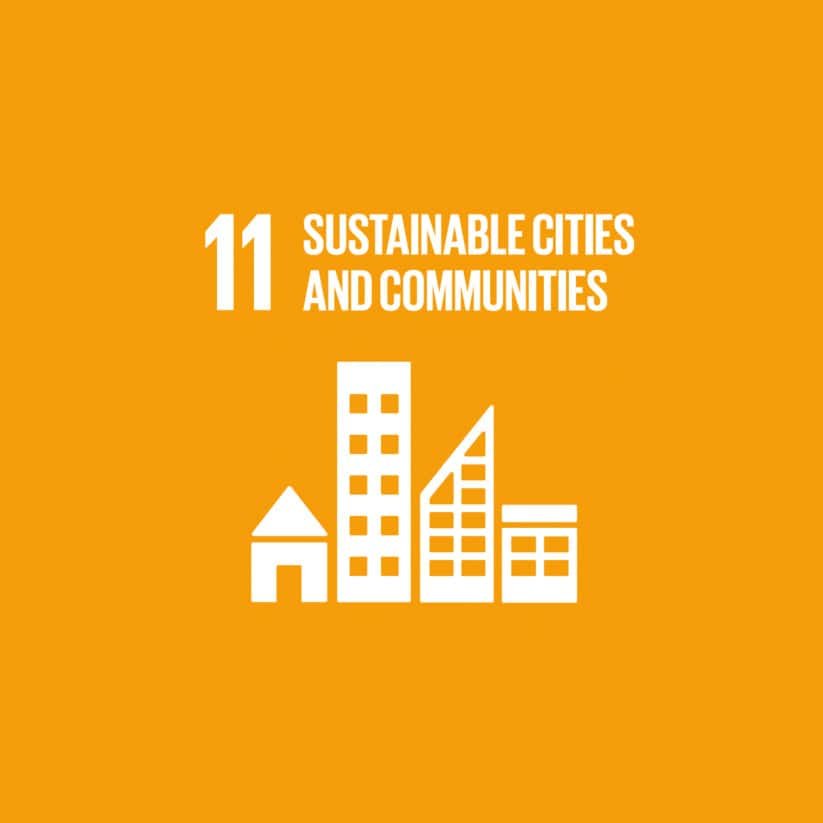
SDG 11: Sustainable Cities and Communities
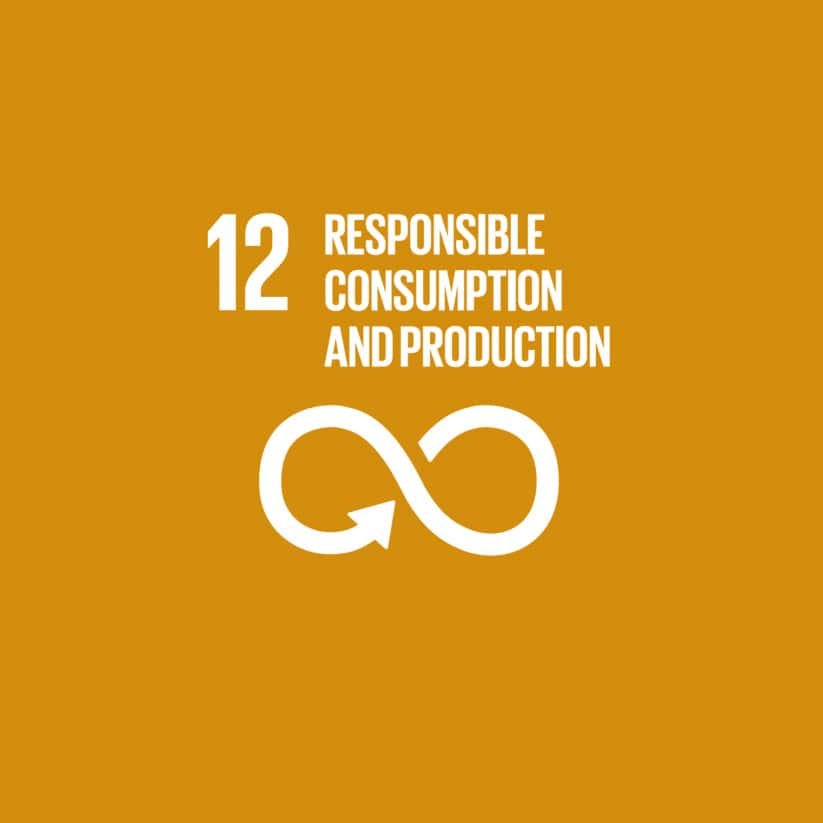
SDG 12: Responsible Consumption and Production
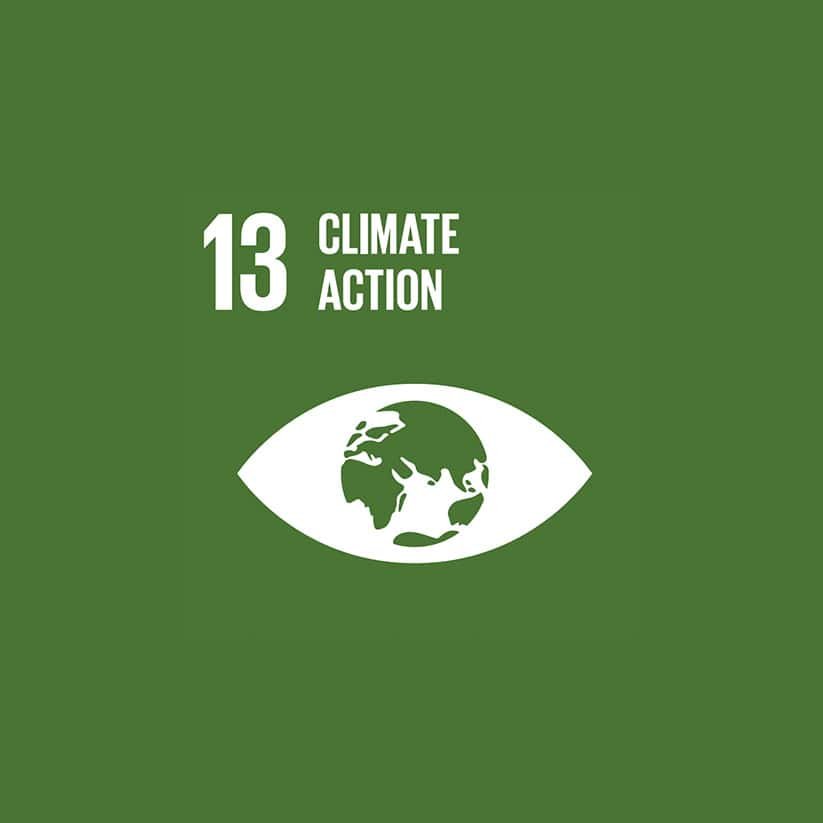
SDG 13: Climate Action
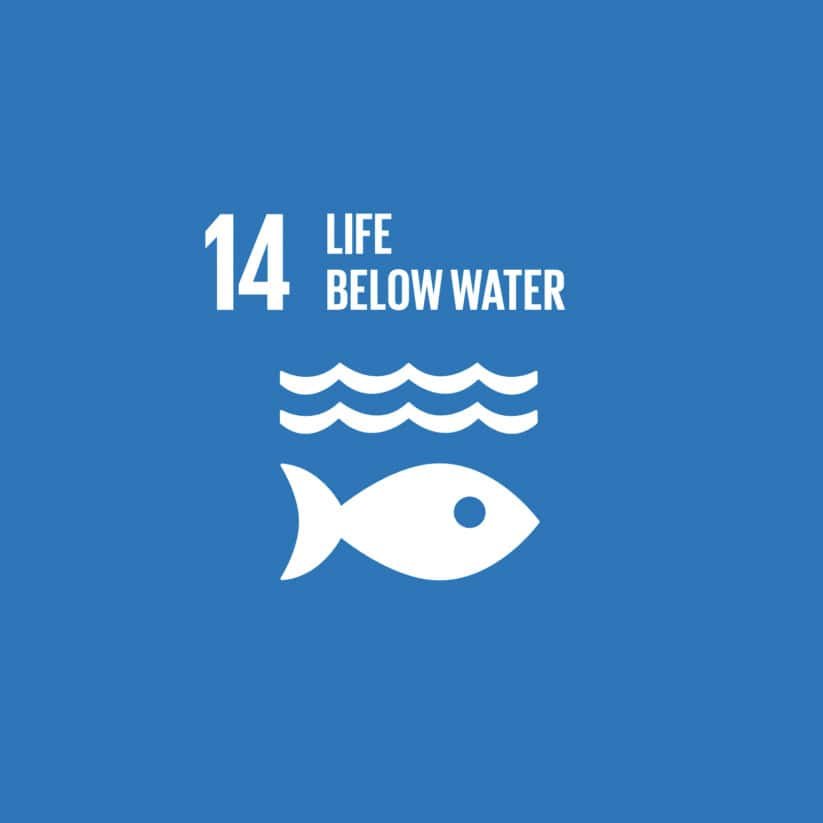
SDG 14: Life Below Water
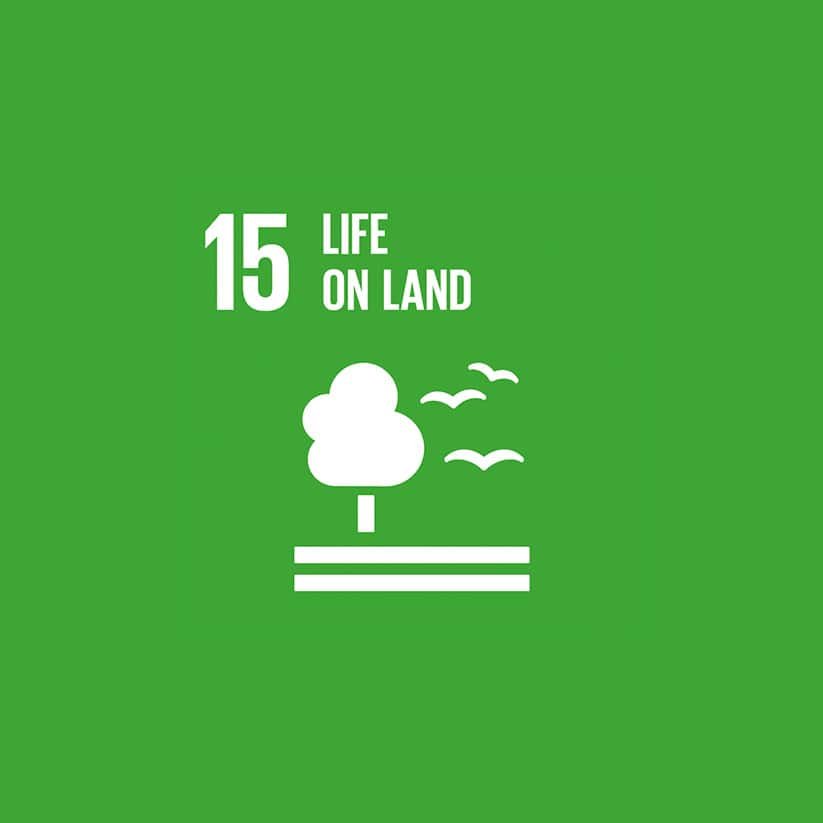
SDG 15: Life on Land
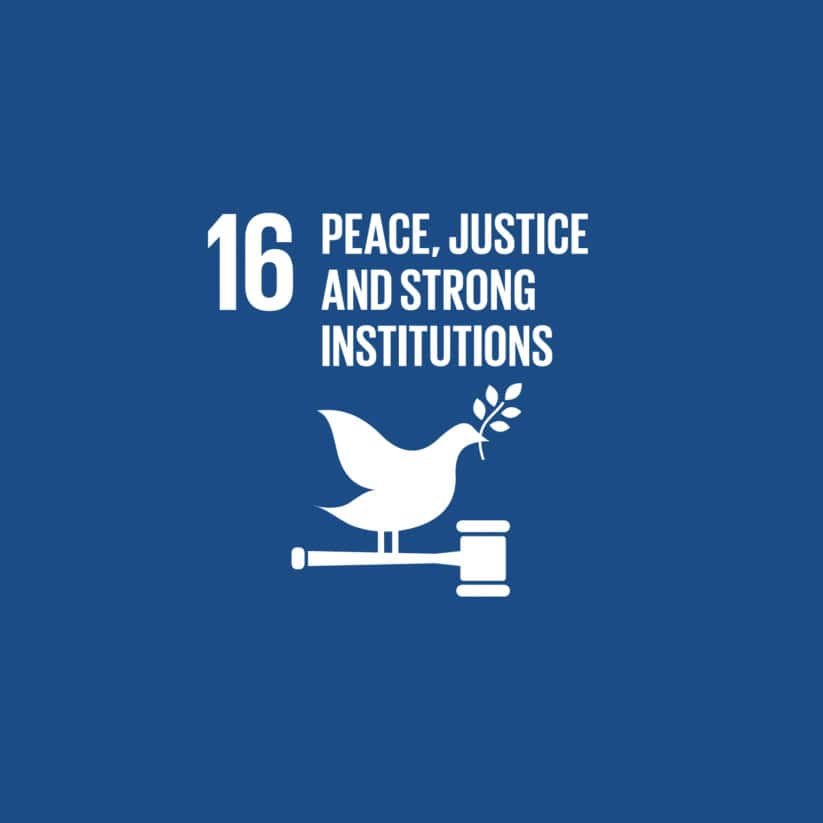
SDG 16: Peace, Justice, and Strong Institutions
